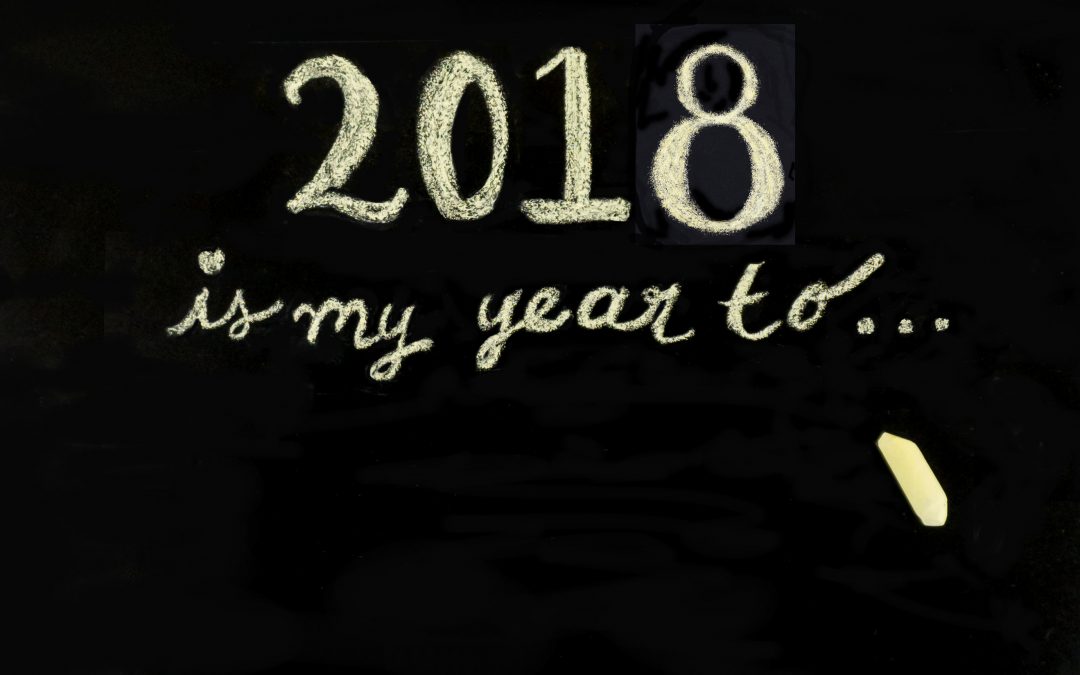The first part of this series on New Year’s Resolutions in January should have helped you develop a picture of how you would like your life to be this year. If you haven’t already done this exercise please see the following link and complete the questions there before reading on:
https://compasspsychology.fi/2018/01/12/new-years-resolutions-part-1/
So now you should have your picture and a rating somewhere between 1 and 10 for how close to are to this picture. We are now going to pause a moment and focus on where you already are. This is because without a connection to the present, it is hard to move forwards effectively. So ask yourself the following questions:
- Can you identify times in your life now (or in the recent past) where small parts of your preferred future are already happening?
- For whatever number on the scale you chose – ask yourself how do I know I am at this number (and not lower down the scale)?
- What am I already doing right now that is contributing to me being at x on this scale?
- What else?
- Then keep asking what else? What else? What else? until you run out of even the smallest things to list.
- What strengths and resources do you have that have helped you get this far already?
- What support systems do you have in your life to help you make the changes you want?
Now you have identified your preferred future and where you are right now, it is time to move forwards – step by step.
It can be much more helpful to think about taking small steps towards change rather than identifying big goals. If we don’t achieve a goal or it doesn’t turn out the way we wanted then we feel a failure and can feel very demotivated. These small steps however, can be seen as experiments. This way if you try something and it works you can easily do more of it. But if it doesn’t work then then it wasn’t a big waste of time and commitment heading down the wrong path.
So the next important questions are:
- What might be a useful small step to take me a little further up my scale?
- What difference would that make?
- What would I be noticing when I am slightly further up the scale?
Start keeping track of all the times over the next few weeks where you notice yourself moving slightly higher up the scale. What did you do that helped? What are others doing that helped? What else is happening around you?
Check back in March where we will help you review your progress so far. Good luck and have fun!

